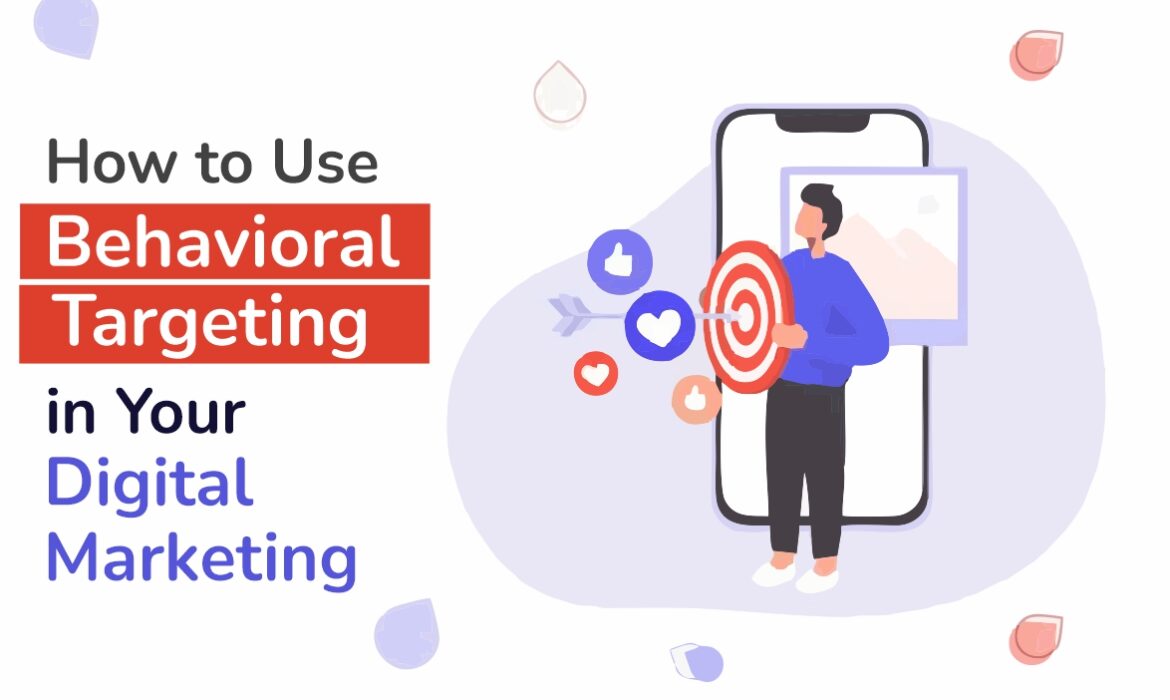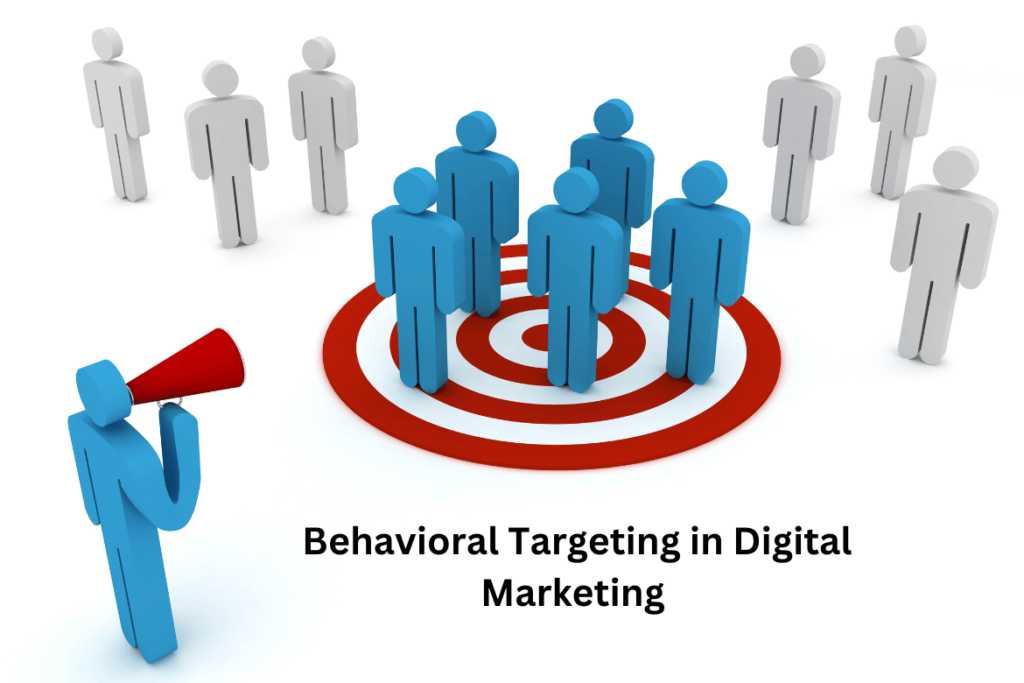- +1 (717) 710 6577
- info@digitalmartlab.com

In today’s digital age, personalization is the key to connecting with your audience. Behavioral targeting, a method that utilizes data collected from users’ online activities to create highly targeted marketing campaigns, has emerged as a powerful tool for businesses. This approach allows you to deliver personalized content, ads, and offers that resonate with your audience, leading to higher engagement, conversion rates, and customer satisfaction. For businesses like Digital Mart Lab LLC, located in Pennsylvania, integrating behavioral targeting into your digital marketing strategy can make a significant impact.
What is Behavioral Targeting?
Behavioral targeting involves tracking the online behavior of users to understand their preferences, interests, and needs. This data includes their browsing history, search queries, social media interactions, and previous purchases. By analyzing this information, companies like Digital Mart Lab LLC in Pennsylvania can create personalized marketing messages that are more likely to engage their audience.
Features of Behavioral Targeting
- Data Collection and Analysis: Behavioral targeting relies on collecting data from various sources such as websites, social media platforms, and third-party data providers. This data is then analyzed to identify patterns and trends in user behavior.
- Segmented Audience Targeting: Once the data is analyzed, users are segmented into different groups based on their behavior. This allows businesses like Digital Mart Lab LLC, Pennsylvania, to target specific segments with tailored messages.
- Personalized Content Delivery: With behavioral targeting, you can deliver personalized content, ads, and offers to users based on their past behavior. For instance, if a user frequently searches for digital marketing services, they are more likely to respond positively to ads promoting related services.
- Real-time Campaign Optimization: Behavioral targeting allows for real-time optimization of marketing campaigns. As more data is collected, campaigns can be adjusted to better align with user behavior, leading to improved performance.
- Cross-channel Integration: Behavioral targeting can be integrated across multiple channels, including social media, email, and websites. This ensures a consistent and personalized experience for users, regardless of where they interact with your brand.
Pros
- Increased Engagement: By delivering personalized content that aligns with users’ interests, businesses like Digital Mart Lab LLC in Pennsylvania can significantly increase engagement rates.
- Higher Conversion Rates: Targeted marketing messages are more likely to convert users into customers, as they resonate with their needs and preferences.
- Cost Efficiency: Behavioral targeting allows businesses to focus their marketing efforts on users who are more likely to convert, reducing wasted ad spend.
- Improved Customer Loyalty: By consistently delivering relevant content, businesses can build stronger relationships with their customers, leading to increased loyalty and repeat business.
- Enhanced User Experience: Personalized content enhances the overall user experience, making interactions with your brand more enjoyable and relevant.
Cons
- Privacy Concerns: One of the major drawbacks of behavioral targeting is the potential for privacy issues. Users may feel uncomfortable knowing that their online behavior is being tracked and analyzed.
- Data Management Challenges: Managing and analyzing large volumes of data can be complex and time-consuming, requiring specialized tools and expertise.
- Risk of Over-targeting: Over-targeting users with personalized content can lead to ad fatigue, where users become annoyed or disinterested in your marketing messages.
- Dependence on Data Accuracy: Behavioral targeting relies heavily on accurate data. If the data is incorrect or outdated, it can lead to ineffective targeting and wasted resources.
- Compliance with Regulations: Businesses must ensure that their data collection and targeting practices comply with privacy regulations such as GDPR in the EU and CCPA in the US. Failure to do so can result in legal penalties and damage to your brand’s reputation.
How to Implement Behavioral Targeting

- Identify Key Data Sources: Determine where you will collect behavioral data from, such as your website, social media platforms, and third-party providers.
- Use Analytics Tools: Implement analytics tools to track and analyze user behavior. Google Analytics, for example, is a popular tool for tracking website activity.
- Segment Your Audience: Use the data collected to segment your audience into different groups based on their behavior.
- Create Personalized Content: Develop personalized marketing messages and content for each audience segment. Make sure your messaging speaks to the unique requirements and preferences of each group.
- Optimize Campaigns in Real-time: Continuously monitor the performance of your campaigns and make adjustments as needed to improve results.
- Ensure Compliance: Make sure that your behavioral targeting practices comply with all relevant privacy regulations. Obtain user consent where required and be transparent about your data collection practices.
Conclusion
Behavioral targeting is a powerful tool that can transform your digital marketing strategy. By leveraging data to deliver personalized content, businesses like Digital Mart Lab LLC in Pennsylvania can increase engagement, conversion rates, and customer loyalty. However, it’s important to be mindful of the potential challenges, such as privacy concerns and data management complexities.
At Digital Mart Lab LLC, located in Pennsylvania, we understand the importance of creating a digital marketing strategy that aligns with your business goals. That’s why we offer personalized website design services tailored to your specific needs. Whether you’re looking to enhance your online presence in the US, USA, or Pennsylvania, we can help you create a website that reflects your brand and resonates with your target audience. Visit us at www.digitalmartlab.com to learn more about how we can help your business thrive in the digital age.


